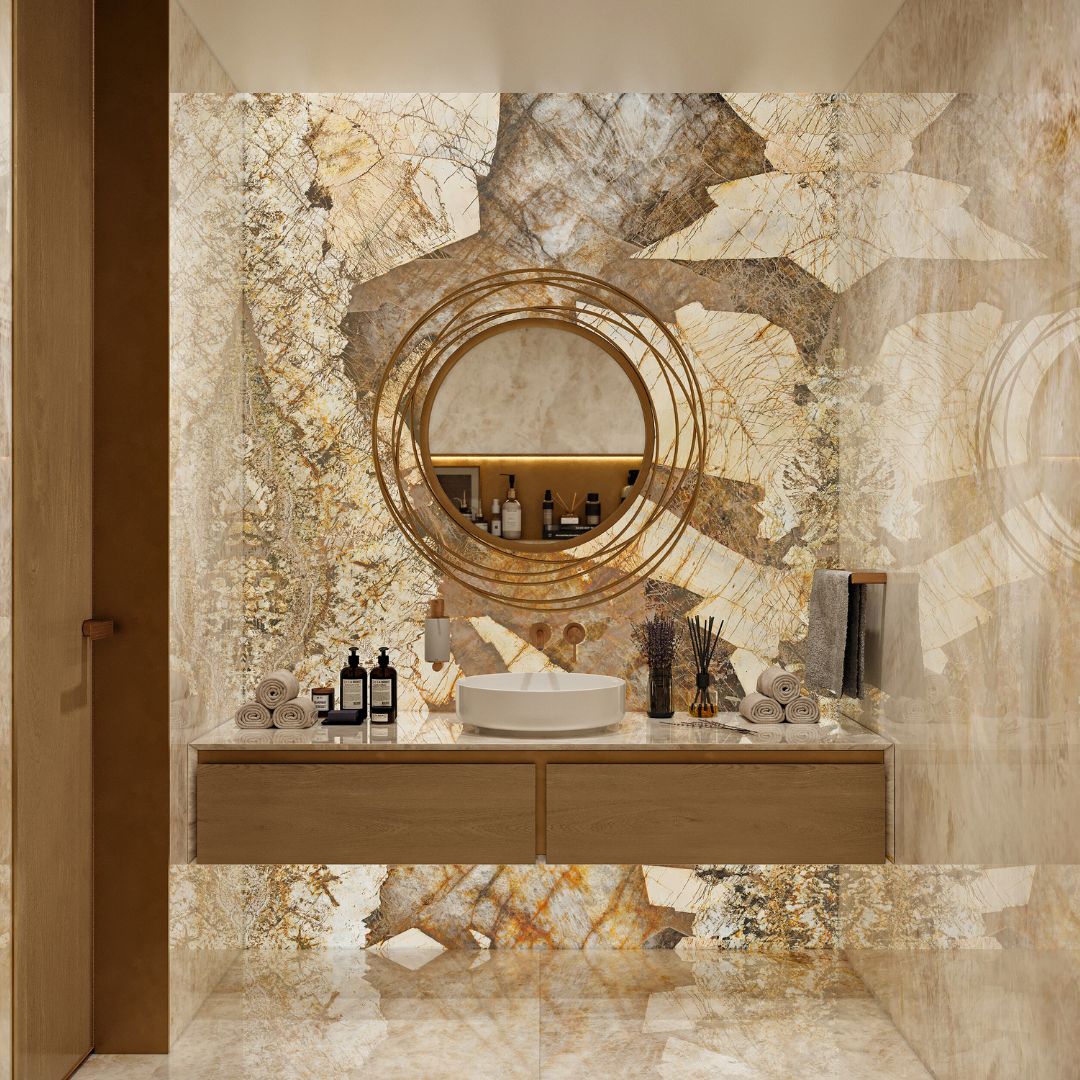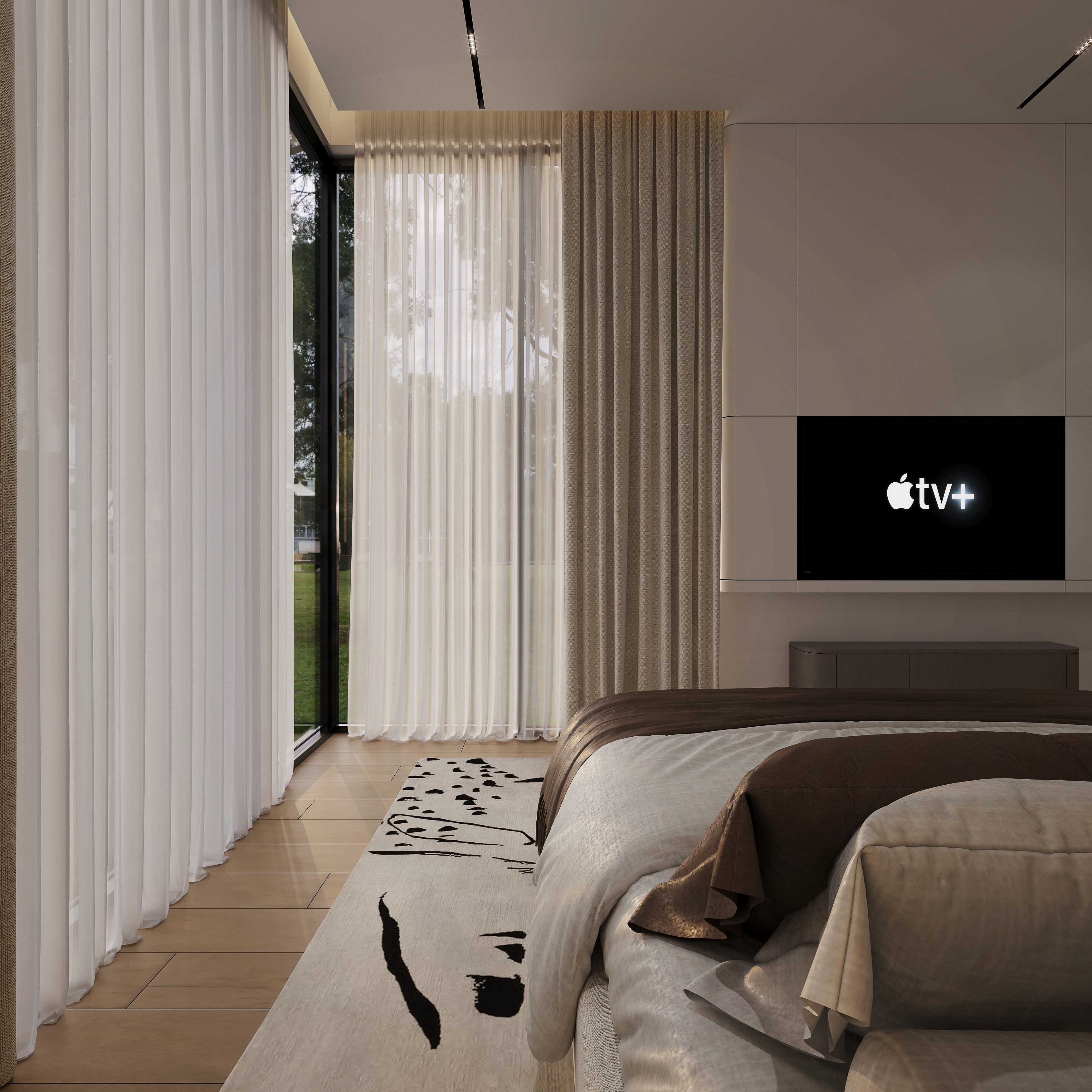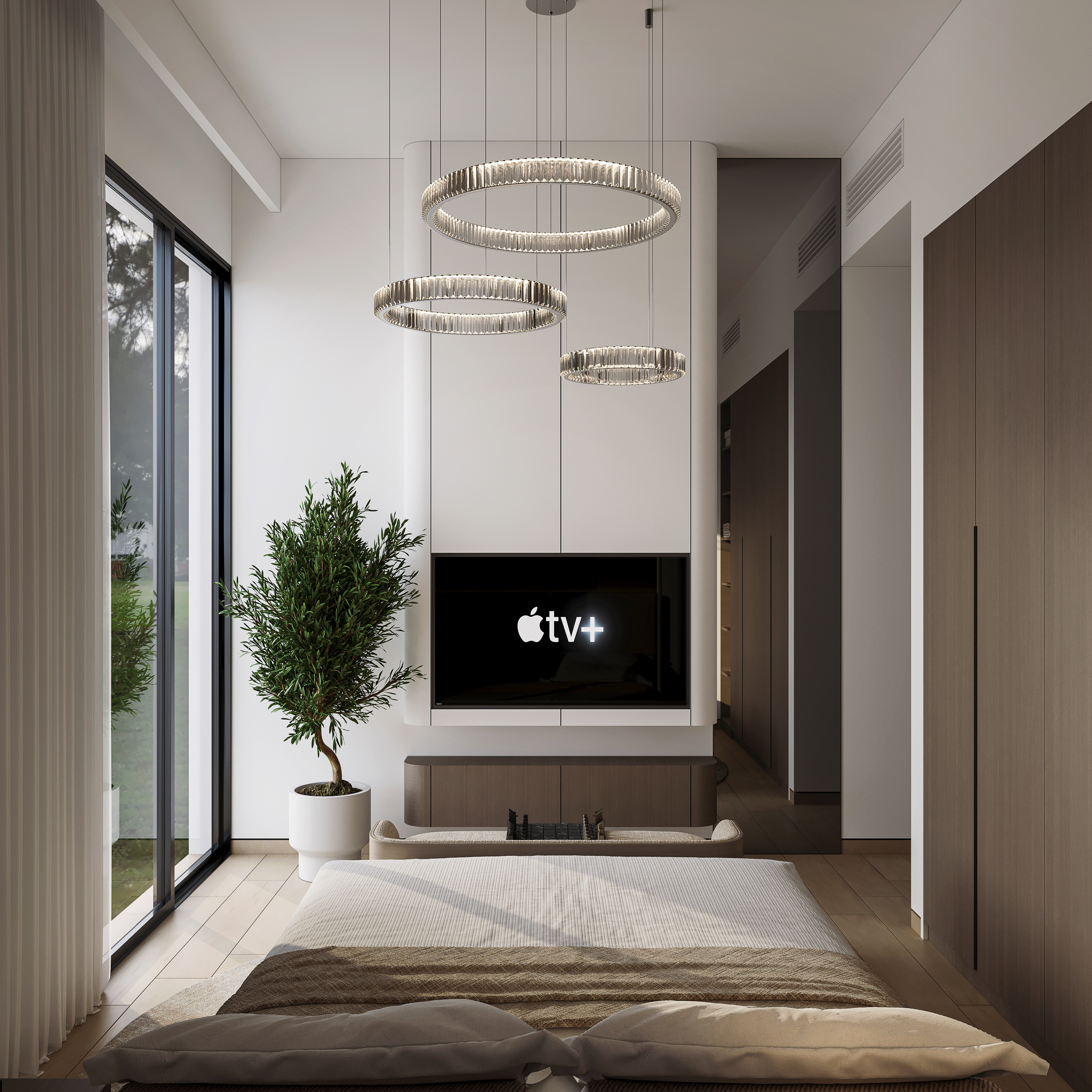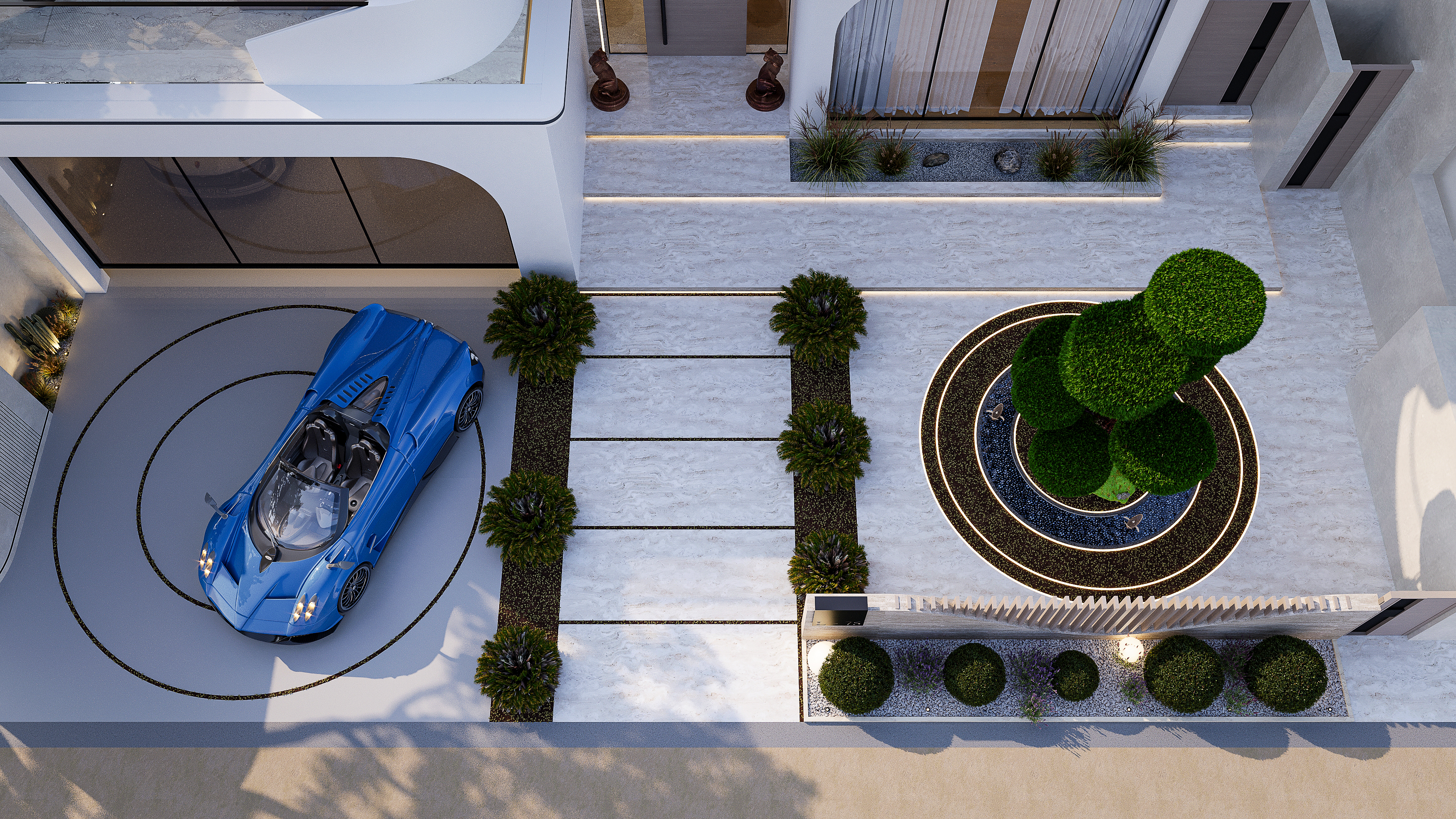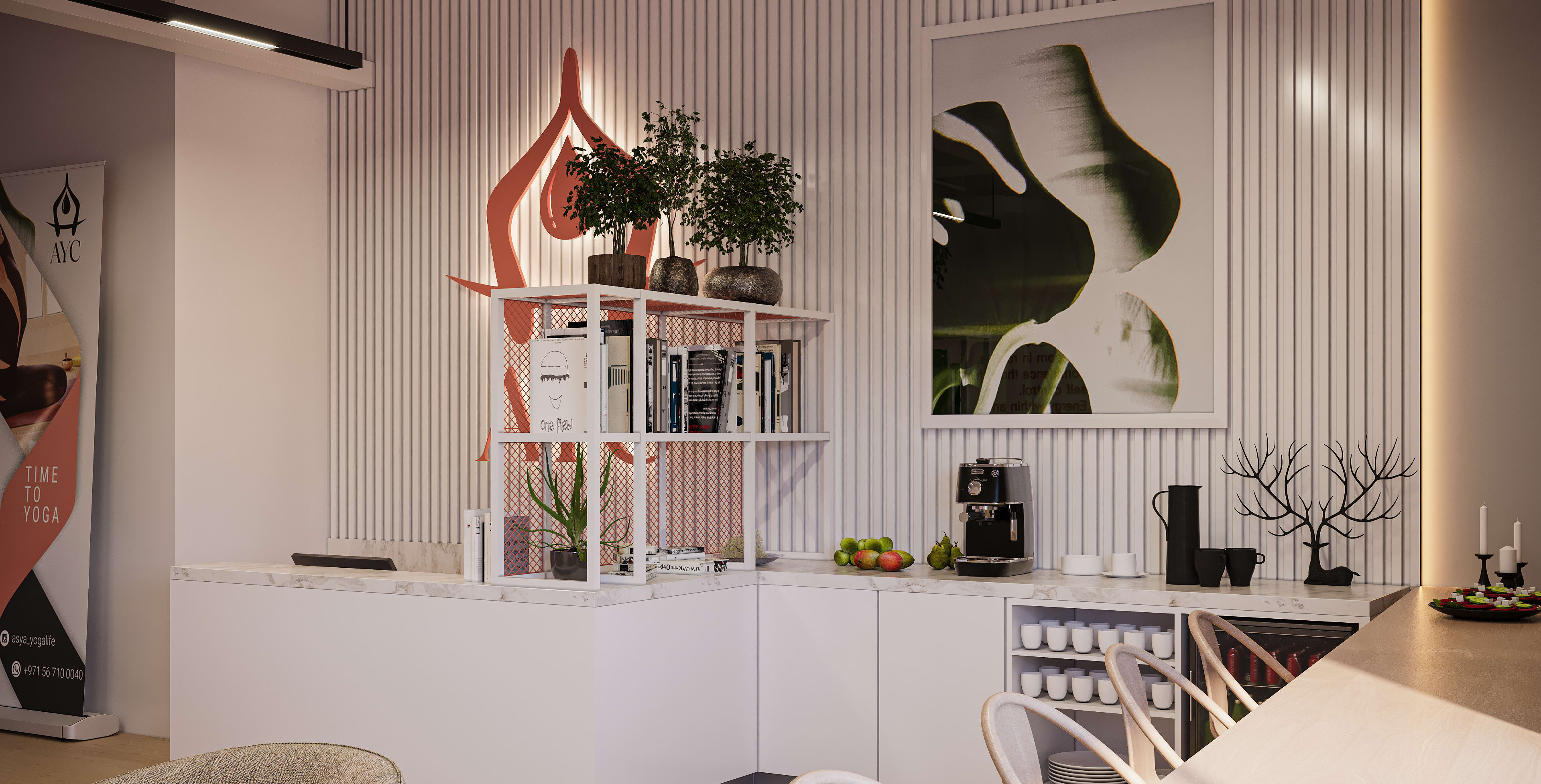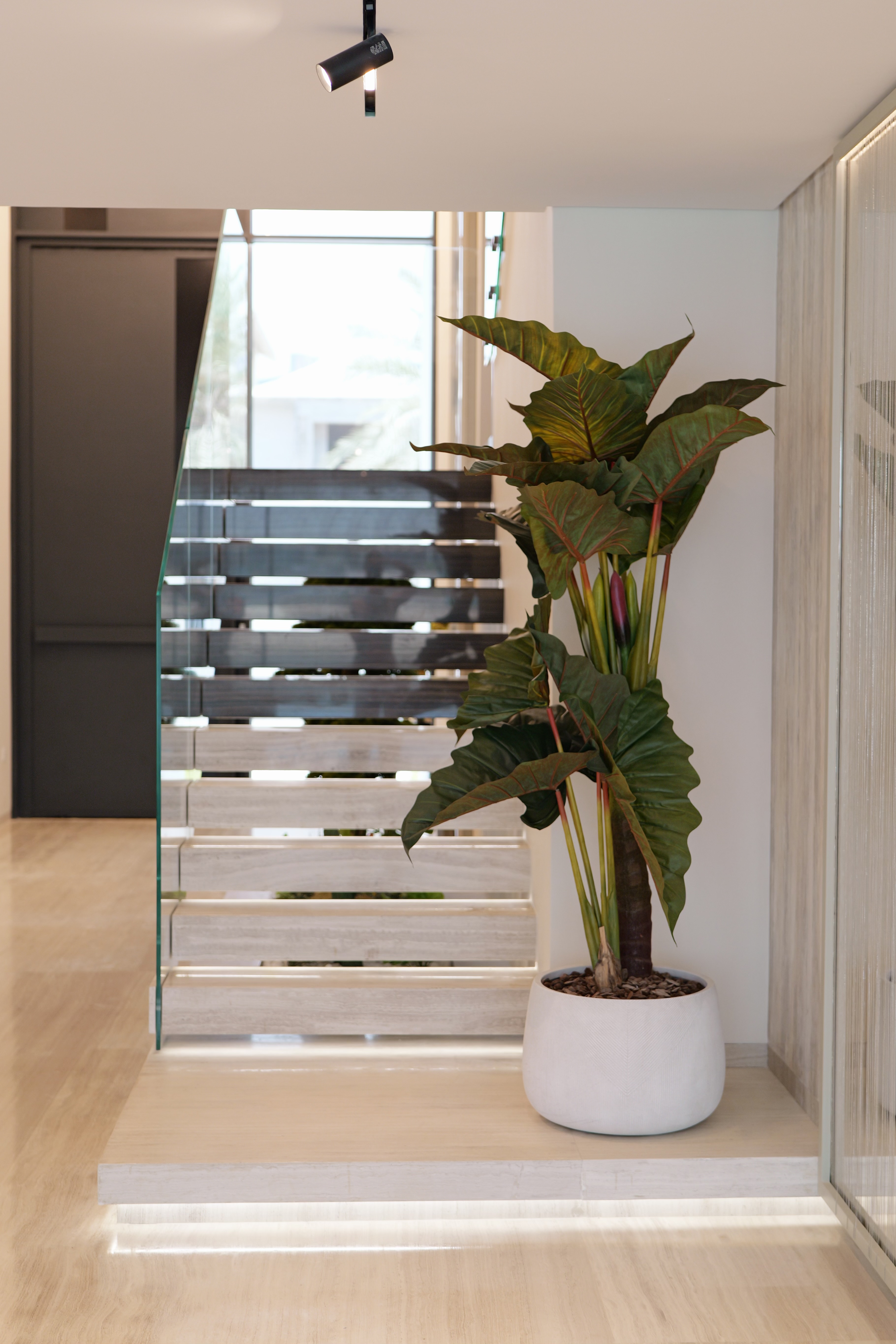
Elevating Entryways: How to Design a Stylish Staircase Corner That Makes a Statement
The staircase corner is one of the most underutilized spaces in a home. Often forgotten or left bare, this area has incredible potential to enhance your home’s design narrative. In modern luxury interiors, every inch matters—and with the right design choices, even the smallest architectural nooks can become breathtaking focal points. Today, we’ll explore how to transform a staircase corner into a statement feature, using interior design techniques that blend style, structure, and elegance.
Whether you’re renovating a villa in Dubai or styling a contemporary home anywhere else, these ideas will help elevate your interior with sophistication and intention.
Why the Staircase Corner Matters in Interior Design
In high-end residential design, visual flow is critical. When a guest enters a home, the staircase is often one of the first architectural elements they encounter. A well-designed staircase corner instantly conveys a sense of harmony and spatial awareness, adding layers to the home’s identity. Instead of being just a transitional space, it becomes a curated moment—one that tells a story through textures, lighting, and placement.
In luxury villa interiors, where open floor plans dominate, these pockets of space are design opportunities waiting to happen. They allow you to play with contrast, balance, and verticality without overwhelming the eye.
Design Principles to Transform Your Staircase Corner
1. Floating Staircases with Modern Materials
A floating staircase, especially one made with light-toned wood and tempered glass balustrades, offers a sleek, minimalistic foundation. The visual weight is reduced, giving the space a sense of airiness and movement.
Glass railings keep the view uninterrupted, letting light flow naturally and providing a more spacious feel—something that’s vital in luxury interior design. The floating effect is ideal for modern villas, blending structural engineering with a refined aesthetic.
2. Natural Textures to Ground the Design
Natural materials like marble, oak, travertine, and light-finished wood can create a timeless, warm environment. When used for stair treads or surrounding flooring, they introduce subtle elegance and reflect the broader trend of biophilic design in upscale interiors.
Pairing these with neutral tones on the walls and ceiling allows other elements—like art, plants, or lighting—to shine without visual clutter.
3. Greenery as a Vertical Accent
A statement indoor plant, like an Alocasia, Fiddle Leaf Fig, or Bird of Paradise, adds organic texture and brings the outdoors in. In the image referenced, the use of a bold-leaved plant in a minimalist white pot introduces a dramatic vertical line, subtly guiding the eye upward along the staircase.
This also taps into the modern villa design trend of integrating nature into interior architecture. Plants not only soften the space but also improve air quality and establish a sense of calm and well-being.
Lighting: The Secret Weapon of Stylish Staircases
Lighting is one of the most effective ways to define and elevate a staircase corner. In the featured design, recessed LED strip lights under the stair treads and along the floor base subtly illuminate the area. This creates a floating effect while ensuring safety and ambiance.
How to use lighting in staircase corners:
-
Floor-mounted LEDs to highlight the platform or planter base.
-
Recessed stair lights for gentle visibility at night.
-
Adjustable ceiling-mounted spotlights to showcase architectural elements or artwork.
-
Smart lighting that adapts based on time of day, ideal for smart home integrations.
When working on villa renovations, especially in regions like Dubai where daylight is abundant, balancing natural and artificial light ensures the space is visually comfortable around the clock.
How to Style a Staircase Corner in a Luxury Home
When styling staircase corners, the key is to create a composition—not just decoration. Think in terms of scale, proportion, and flow:
-
Statement Planter or Sculpture: Use tall, structural pieces that emphasize verticality without blocking the view.
-
Layered Textures: Incorporate elements like woven rugs, polished stone, or fluted wood to enrich tactile contrast.
-
Symmetry or Asymmetry: Depending on the home's aesthetic, you can opt for symmetrical placement (two planters or sconces) or an asymmetrical setup that feels organic and relaxed.
-
Artwork or Mirror: A subtle wall piece or vertical mirror can extend the space visually and add depth.
By curating these elements thoughtfully, the staircase corner becomes a transitional zone that feels intentional, stylish, and personal.
Staircase Corner Styling Tips from KEA Design
At KEA Design, we specialize in luxury villa renovations that blend form with function. Here are some quick pro tips we follow when styling staircase corners:
-
Consider visibility: Make sure the corner looks good from multiple angles—especially entrances and hallways.
-
Avoid overcrowding: Less is more. One dramatic piece often has more impact than several small ones.
-
Use tonal layering: Stick to a cohesive palette to maintain flow throughout the home.
-
Test lighting at night: Always test how your lighting design looks in the evening. What feels soft during the day may look too harsh at night.
The Dubai Villa Design Context
Designing for the Dubai market comes with unique opportunities. Homes often feature expansive foyers, open layouts, and plenty of natural light. This makes it even more essential to use transitional spaces—like staircase corners—as cohesive elements within the broader interior design plan.
Our clients in Dubai often request modern, minimal, and timeless interiors, and this staircase corner concept ticks all three boxes. The use of indoor greenery, custom lighting, and natural textures complements the desert landscape while maintaining a globally sophisticated look.
Conclusion: Make Every Corner Count
Your home’s beauty lies not just in the grand gestures but in the quiet moments—like a perfectly styled staircase corner that welcomes you each day. With the right mix of materials, lighting, and styling, this transitional space can become one of your home's most memorable features.
Whether you’re redesigning a villa or styling a new build, don’t overlook the staircase corner. Make it a statement. Make it art. Make it yours.

